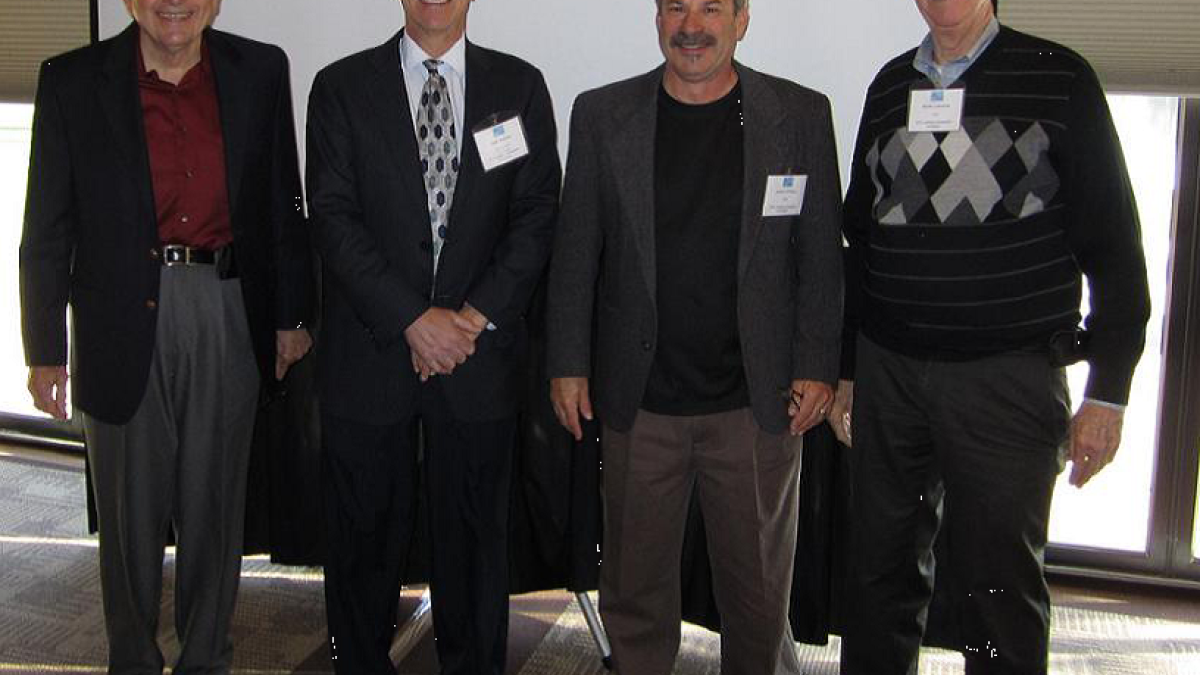Workshop explores need for standard measurements on consumer products

Imagine buying a car only to discover that it is 2 feet too wide to fit into a traffic lane.
You’d discover quickly that standard measurements are crucial to developing products that perform well and meet consumers’ needs, says Nathan Newman, who holds the Lamonte H. Lawrence Chair in Solid State Science in the Ira A. Fulton Schools of Engineering at Arizona State University.
Now take this analogy and apply it to the world of high technology, where devices require materials with precisely controlled characteristics.
Manufacturers of these products must have a common standard for evaluating materials, says Newman. How else will anyone determine whether a product is substandard?
Now consider that there has been an explosion of new materials being used in all types of emerging devices, what Newman calls a “materials revolution.” No one – not one particular lab or school, not even the U.S. government’s National Institute of Standards and Technology – can keep up with providing each of them a standard measurement.
That’s true, not just for the next generation of technological gadgets, but also for mundane products such as new cements.
“It’s hurting industry, it’s hurting academia,” Newman says. “It’s kind of an unsolved problem.”
Unsolved problems don’t sit well with Newman, or Lamonte Lawrence, the founder of Tempe-based Lawrence Semiconductor Research Laboratory who established the chair in solid state science. “We do business in 25 countries,” explains Lawrence, “and every customer has slightly different results in their own facility.”
For a company that provided material for such highly calibrated devices as the lens for the Hubble telescope, “slightly different” can be a problem.
“We are helping develop new products all over the world; measurements have to be reliable,” Lawrence says.
That is why representatives from his research lab are working with Newman to present the 2013 Lawrence Workshop on Standards scheduled for May 30-31 in Sedona.
They will assemble leading academics, manufacturers, materials producers and measurement lab representatives to explore the lack of standards and how ASU’s resources can be used to establish and maintain them.
ASU’s LeRoy Eyring Center for Solid State Science would be in a unique position to serve as such a catalyst as it already makes trusted measurements to use as references. “ASU is better than the Stanfords, the Berkeleys, the MITs in providing faculty access to all the high-end equipment in a general-use lab,” says Newman, who directed the center from 2004 to 2011 and is now an avid user.
“Universities are in an advantageous position to continue this work. We will need to work closely with industry, we will need to work closely with manufacturers and scientific equipment manufacturers, and we will need to work closely with NIST,” he says. “Each of us has unique resources to bear on this problem.”
Newman organizes a workshop every other year, interspersing them with the Lawrence Conference on the Science of Epitaxial Materials, which focuses on specialized silicon layers used in high-performance chip designs.
“Both events bring in world-class people, prominent people in the profession,” Newman says, and this month’s workshop will be no exception.
That was an important goal for Lawrence, an ASU graduate who invested $2 million in the Lawrence professorship. He envisioned making ASU an important focal point in the study of materials science and creating a working relationship between industry and academia that would benefit both.
“His support has really enhanced my lab and all of these other efforts,” Newman says. “Monte Lawrence and his LSRL research team have been instrumental in bringing preeminent groups together at the symposium and catalyzing interactions between the university and industry.”
Melissa Bordow, melissa.bordow@asu.edu
Communications Specialist | Editorial Services
ASU Foundation for A New American University
480-965-7737

